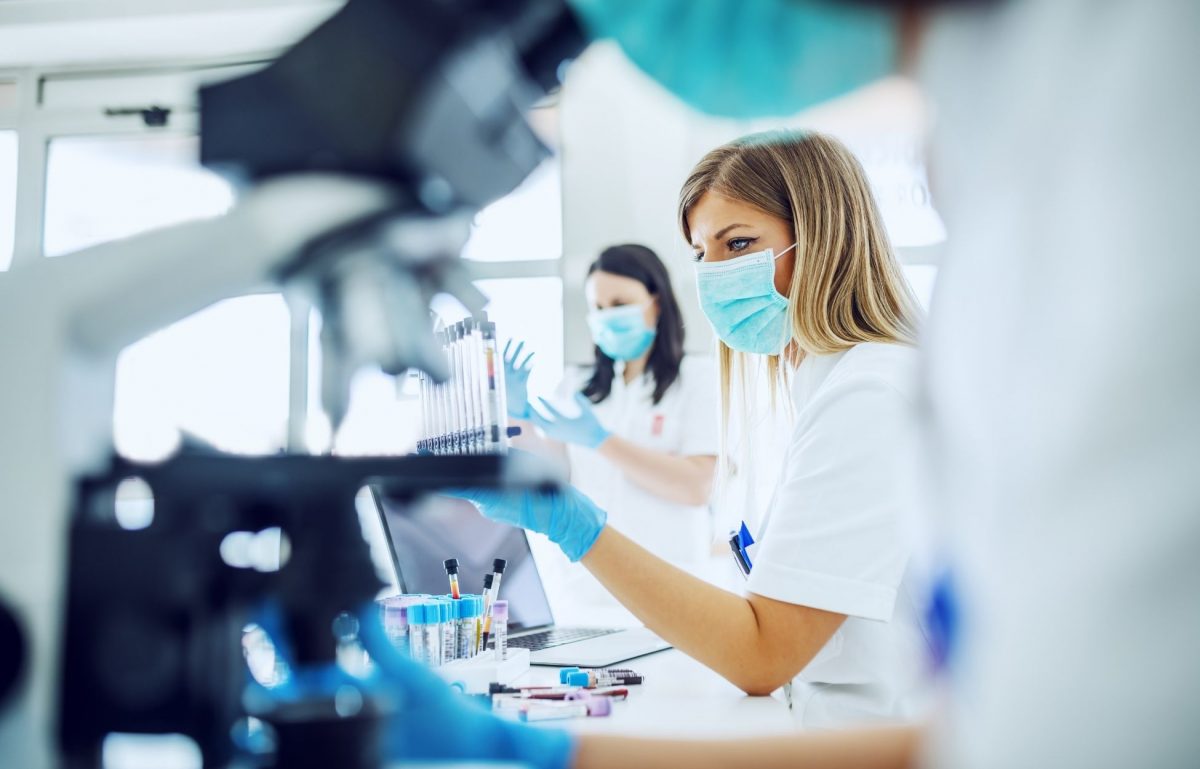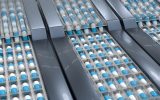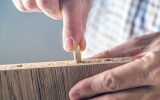Efficiency enables optimal performance and productivity. However, every lab runs into trouble while trying to make their space better. Fortunately, lab participants can follow these useful tips for improving laboratory efficiency.
Reduce Laboratory Waste
Anything that doesn’t add value to lab work is waste. And common sources of waste in laboratories are product defects, leftover chemical materials, under-utilized equipment, and debris. Waste disrupts lab work and creates an overcrowded environment. However, to manage this issue, lab participants can take note of the material they use and remove leftover items.
Optimize Equipment
Quality equipment is necessary for laboratories because they help complete tests, store data, and interpret results. Many lab participants rely on equipment to create products that will help other people. So, to ensure productivity and minimize material waste, optimized equipment can improve lab efficiency. Ultimately, participants won’t have to worry about unreliable machines or fear inaccurate results.
Use Laboratory Management Systems
Another useful tip for improving laboratory efficiency is to use management systems. Adopting a laboratory management system can enhance labs because it tracks data, samples, and other important information. Instead of relying on written data or spreadsheets, the system can effectively organize documents, images, and analytical results. Management systems keep everything in one place for immediate use.
Consider Prefabricated Environmental Rooms
Did you know that one advantage of a prefabricated environmental room is that it improves productivity and quality? Prefab rooms are environments that participants can regulate to perform experiments, create products, or store items at a particular temperature. Instead of reorganizing a laboratory, prefab rooms can be an extension of the space and ensure the quality of additional projects.
Evaluate Various Processes
Creating an efficient space comes with trial and error. And a great stride toward efficiency is to reduce unproductive or slow processes around the laboratory. Participants can evaluate procedures and find ways to make them better. For example, if participants think prepping their stations in certain ways or performing tests for higher-quality results will boost productivity, then they can incorporate it during lab time.













